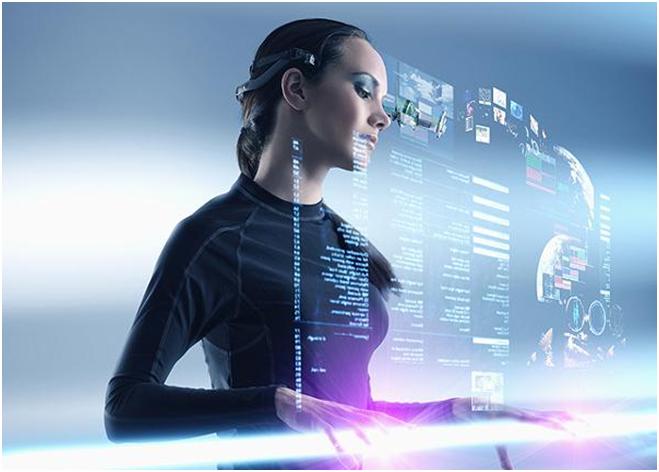
The world has become digitally enhanced in just about every field, from having smart buildings, machines and apps that do just about anything we need them too. If we look at timesheets just 20 years ago, they were an old way to keep track of employee’s time. Today, these timesheets have revolutionized the business sector, because they are now a part of the bigger more improved solution that businesses rely on as part of their core structures.
Grant you that not every sector of our world has joined this technological revolution, but just give it time as new technologies are emerging seemingly on a daily basis to enhance our lives. Today, we will explore how virtual reality (VR) is now changing a core part of our infrastructure and allowing us to move further into this golden technological age.
Where Are We Now With Virtual Reality?

Currently, there are two top contenders when we look at real-life applications for the use of VR, which are Microsoft and Daqri. Microsoft HoloLens can first be traced back to the Kinect for the Microsoft XBOX in 2010, but the HoloLens came out in the US and Canada with a price tag of $3,000 a pair in March of 2016. Like Microsoft the company, Daqri an augmented reality company started around 2010 in Los Angeles, CA with the goal of using the VR tech for the industrial industry.
These two titans are battling out with the current VR tech they have. Just recently, the company ThyssenKrupp started using the Microsoft HoloLens
to transform the global elevator industry. The company loves the fact that their technicians can now be on the job with instant access to expert via Skype and diagrams for the elevator schematics while wearing the HoloLens. Meanwhile, Daqri has its helmet that gives responses to finding parts that are automatically scanned and recognized if they should be replaced.
A Bigger Look at the Opportunities for VR
What we’ve seen with both Microsoft HoloLens and the Daqri VR helmet, which companies all over the world are just now stepping into the possibilities of how they can use VR in real-life applications to help improve how business is done. Let’s go over a quick overview of what industries can use this technology and the benefits.
- Oil Industry: Just like how ThyssenKrupp used Microsoft HoloLens for elevator repair, the oil industry could use this VR on their oil rigs. No more reason for technicians to be hurt, when they can use the VR set to contact an expert, or even have the diagram for that particular part they are working on pulled up.
- Airlines Industry: If you were an airline mechanic and looked at an engine with your VR glasses, wouldn’t you like to know if something needed to be replaced? That’s the power of VR, as it can see things, the human eye can’t. This alone would cut back on airplane crash statistics alone.
- Medical Industry: The VR could be implemented into emergency hospital situations. If a doctor needed a diagram of the human body, he could easily pull it up while in the surgery itself.
Conclusion
Everyday technology is changing, but the question becomes how will it change next to simplify our lives for the world we live in? We are living in the golden era of technology, and VR is helping to shape our reality. What new technologies and solutions will come out because of the advancement of VR?
—————————————————————————————————————————-
Author’s Bio
Wendy Dessler
Title: Super-Connector at OutreachMama
Wendy is a super-connector with OutreachMama and Youth Noise NJ who helps businesses find their audience online through outreach, partnerships, and networking. She frequently writes about the latest advancements in digital marketing and focuses her efforts on developing customized blogger outreach plans depending on the industry and competition. You can contact her on Twitter.

